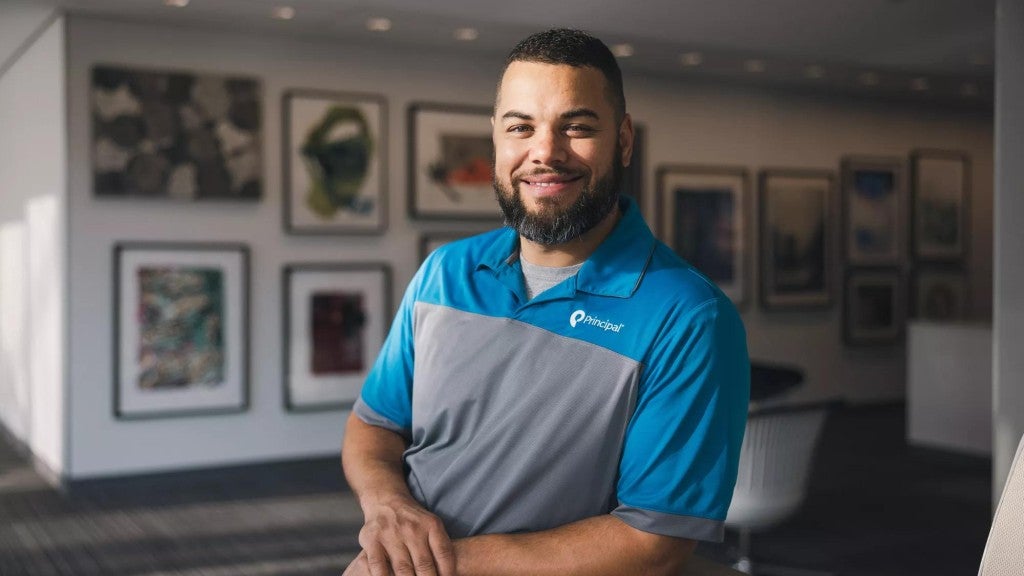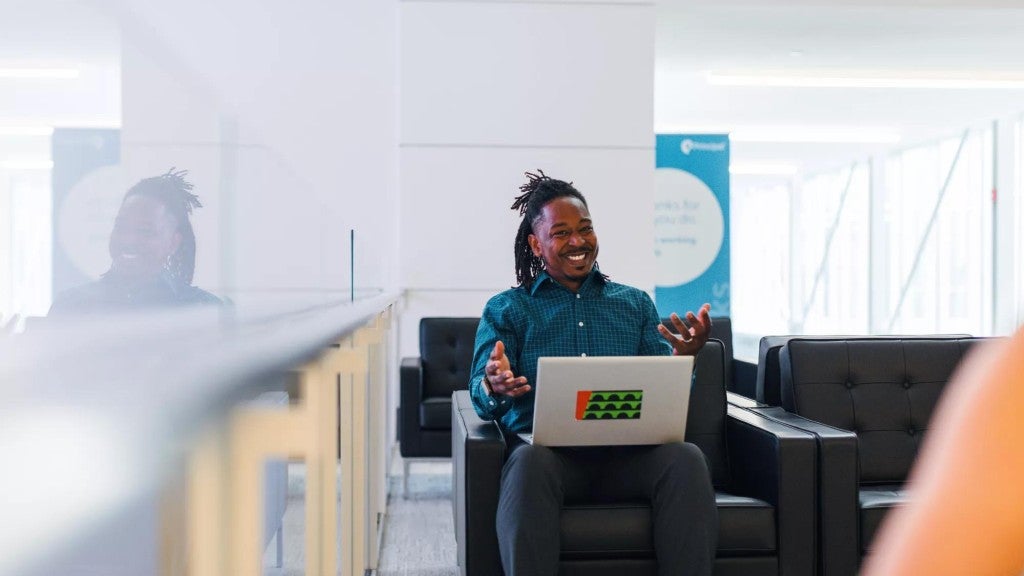Expenses. Earnings. Stock price. Sales.
Traditional business measures like these have long been primary markers of success. But in the last decade or so, companies have begun relying on various other efforts, such as inclusion, to gauge positive impact. Business leadership has also realized that strengthening inclusion and connections supports and nurtures talent.
At Principal, one of those efforts is the Global Inclusion Summit. Each year, this employee-led gathering offers opportunities for networking, listening, and understanding how inclusion impacts the workplace, businesses, and communities.
Connecting intent to impact
Profits will always matter. But it turns out that diversity within a company’s workforce directly correlates to performance: Companies with the most gender diversity outperform those with the least by nearly 50%.1 That outperformance extends to companies with ethnic diversity, too.
But inclusion doesn’t happen on its own—or overnight. The 2023 Principal Global Inclusion Summit, held in April, recognized that with a theme of “inclusion: intent to impact” and reinforced how there’s often a gap between the two.
In the workplace, that gap is sometimes reflected in the makeup of employees. “We succeed as a company when our workforce understands and reflects perspectives as diverse as our global customer base,” says Miriam Lewis, chief inclusion officer at Principal.
Principal measures its commitment to and progress in building an inclusive workforce in a number of ways such as scoring internal culture, the gender makeup of management and the global workforce, and recognition from third parties. In 2023, Principal was named to the list of Forbes Best Employers for Diversity and the Bloomberg Gender Equality Index for the eighth time.
How global inclusion connects to the Principal business strategy is guided by the Executive Inclusion Council, revealed at this year’s summit. That team of 16 cross-functional business leaders owns metrics, offers oversight, and models inclusive behaviors, among other responsibilities. Its 2023 chair is Kathy Kay, executive vice president and chief information officer. “Principal has a long-standing history of doing what’s right for our customers, employees, and our community,” Kay says. “It’s more important now than ever to continue these efforts and ensure we’re inviting and advocating for different perspectives.”
What financial inclusion looks like
The positive effects of inclusion don’t stop at the workplace door, or after events like the summit wrap up. What does the intent to make a more inclusive world actually look like in communities? That view came into focus in 2022 with Principal research—the Global Financial Inclusion Index (GFII). Completed in collaboration with the Centre for Economic and Business Research, the index dove into 42 global markets to assess how financial systems promote financial inclusivity. It also offered ways that the leadership of countries can try to move from intent to impact by helping to change financial outcomes for their own people.
Read more
- The Sustainability Report details the progress—and the potential future global impact—of our enterprise approach to sustainability. It’s an opportunity to measure and check in: Are strategies working? Do goals need to change? Are we driving positive, long-term outcomes?
- The Global Inclusion Report focuses on the progress we’ve made on our commitments to advance inclusion, representation, accessibility, and equity within our workplace, our business practices, and our communities.
Research like GFII, events like the Global Inclusion Summit, and daily actions can help to chart a path forward for Principal to building a diverse, equitable, and inclusive workforce, while operating as a responsible and sustainable company.
“I think of financial inclusion as really foundational to what we do, and it goes beyond just access,” says Teresa Hassara, senior vice president of Workplace Savings and Retirement Solutions at Principal. “What we found from our experience and from our research is we can make a lot of tools, capabilities, programs, and products available, and help people find the solution for them.”
What's next?
Read more about the Principal efforts to advance global financial inclusion.



